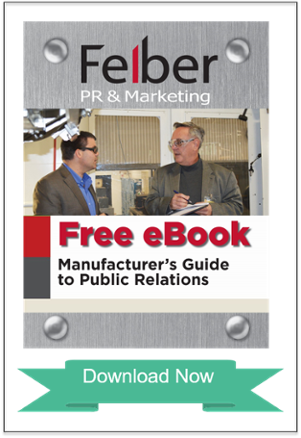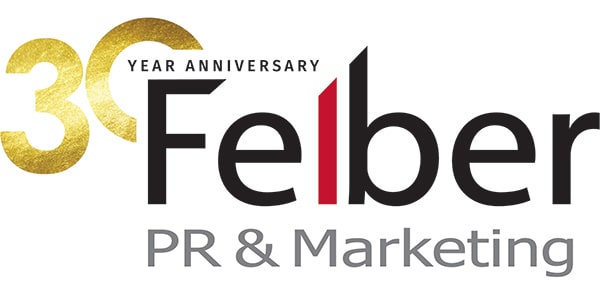For your typical interview, you should have a strategy for these five steps: 1) Know their audience, 2) Research the reporter and their history, 3) Have your facts straight, 4) know your desired outcome, and 5) Have your art ready.
 First, are you familiar with the publication? You need to know who they consider their audience and if there is a fit with the content you hope to convey. Research their website, peruse past issues and look at their media kit. The editorial calendar is of particular interest. These are the “big rock” issues they will be covering editorially. If you can align with a proposed topic, you will be doing yourself and the reporter a huge service. Second, get to know the reporter.
First, are you familiar with the publication? You need to know who they consider their audience and if there is a fit with the content you hope to convey. Research their website, peruse past issues and look at their media kit. The editorial calendar is of particular interest. These are the “big rock” issues they will be covering editorially. If you can align with a proposed topic, you will be doing yourself and the reporter a huge service. Second, get to know the reporter.
Read articles they have written. Pay attention to tone, depth of technical expertise, and look for any bias the reporter may have, especially if that could either help or hurt your cause. By demonstrating your familiarity with both
the publication’s editorial direction and the reporter’s work, you are also showing you have respect for their organization.
Now that you have your facts and message points ready for your interview, know exactly what you want to get out of this interview opportunity. It’s perfectly acceptable to ask the reporter how their story will be used. Is this a feature on your company or are you being included in a larger piece?
Is this a sidebar to a separate story or simply a product mention with a photo and caption? Whether you are meeting in person or over the phone, make sure you know the facts about your organization. While you cannot anticipate every question, you should know your content cold. If you are not the expert, either get briefed by one prior or better yet, have them participate in the interview. Knowing your facts and developing key message points are not always the same thing. Your message points are fact-based content that you want to highlight. One tactic you can use is to request questions ahead of your interview. You have to be tactful here and be prepared for no. But, if you get the questions ahead of time, do not squander this opportunity to prepare.
Lastly, have graphics in the form of charts, photos or infographics ready and in the proper format. When you reviewed the publication, you already made note of the “art” they publish to support their content. Make sure your supporting graphics are ready to be emailed or uploaded. If this is a print publication, they will undoubtedly want the highest resolution photos or graphics you can provide. A jpeg will usually NOT work. We have seen time and time again our client’s interview featured simply because we had the best and most readily available supporting graphics. Just as important, relax. You are prepared and ready for this opportunity. And, if you string a few of these together, you will certainly be viewed as an industry expert.

Leave a Reply
Want to join the discussion?Feel free to contribute!